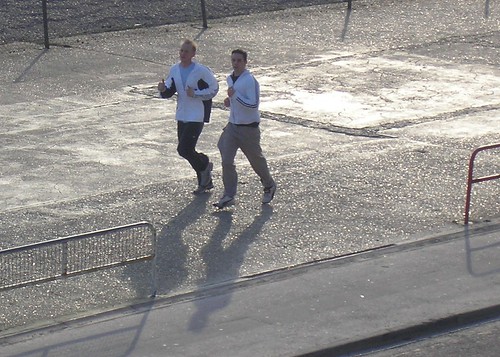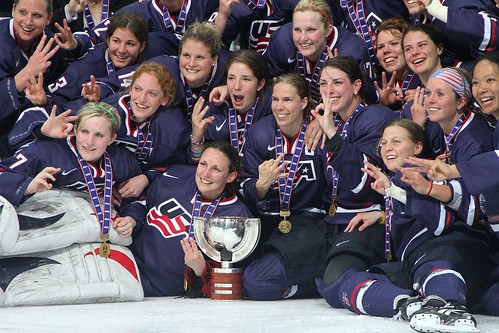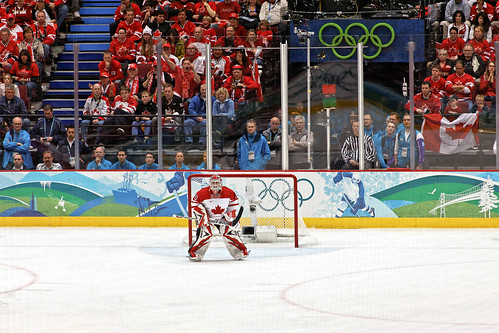When considering
competitive contact sports, many people automatically think of football, rugby,
basketball and soccer. Hockey is often overlooked except by those avid fans. In
actuality, hockey can be a great alternative sport to those mentioned above
because it does not have to have the height requirement demanded by basketball
or the advanced dribbling skills required by football. As long as you are fast,
fit and flexible, hockey may be right for you. Here are a few reasons why you
should consider hockey as your premium sport of choice.
- Physical requirements

As stated above,
only speed, agility and general fitness are needed to become a great hockey
player. These skills can be developed over time and do not have to be inborn.
Certain tests may be performed to ascertain your current fitness levels and
then regimens created to increase the areas where your performance is wanting.
Hockey is also a great way to keep fit and increase your heart rate. You must
exercise regularly to decrease instances of injuries and also be able to remain
competitive. If you are involved in strenuous sports like hockey, you must
remember to hydrate your body constantly so that you do not lose too many
nutrients through sweating.
- Opportunities for college scholarships

If you are a really
good hockey player in high school, you may win a scholarship to play for any of
the top colleges in the United States. The National Collegiate Athletic
Association is the main governing body for the hockey at the collegiate level
and has competitions based on divisions. The NCAA in conjunction with some
Division I and II colleges offers scholarships to qualified students.
The Ice hockey
divisions are I, II and III for men and the National Collegiate and Division
III for women. Just as is the case with other sports, college is a ripe
recruiting ground for professional team scouts and could be a launching pad for
your professional hockey career. Oh, and you get free education as well.
One caveat of note
is that field majority of the field hockey scholarships are available only for
female students. This makes the pool for scholarships for males even smaller
and more competitive. Remember that even with the best hockey statistics, a
good GPA is required to be considered and you must hit the books just as hard
as you hit the puck to qualify for a much coveted scholarship.
- Affiliation with national leagues and championships

The National Hockey
League is the major professional body governing the sport of hockey. There are
several minor leagues that are still of a professional nature such as Federal
Hockey League, East Coast Hockey League, American Hockey League and Southern
Professional Hockey League. There are
also leagues tailored towards women and the youth. These are great for
competing at a local level and they are also a great way for coaches and scouts
to source talent and sign fresh athletes.
- Recognition as an Olympic sport

Field hockey has
been a feature of the Summer Olympic Games since 1908 while Ice hockey was
first introduced as an Olympic sport in 1920. It subsequently featured in the
Winter Olympics since 1924. Both men and women may compete in this sport at the
Olympic level. This is a platform that can catapult your career into superstar
status especially if you are fortunate enough to win a medal for your country.
- Earnings

This point comes
last for a reason; a great sports player should be motivated by passion and
love for the game rather than earnings. This is not to say that earnings are
not important. If they were not, then professional athletes would not earn the
millions of dollars they receive each year. As a professional hockey player,
you may earn hundreds of millions of dollars through your entire career. There
are also several product endorsement deals available that may also mint cash
for you. Should you be fortunate enough to land an endorsement deal, make sure
that the company whose product or service you are promoting has ideals similar
to your own or are socially and environmentally responsible. Athletes in minor
leagues may still earn a decent living from playing hockey full time.


